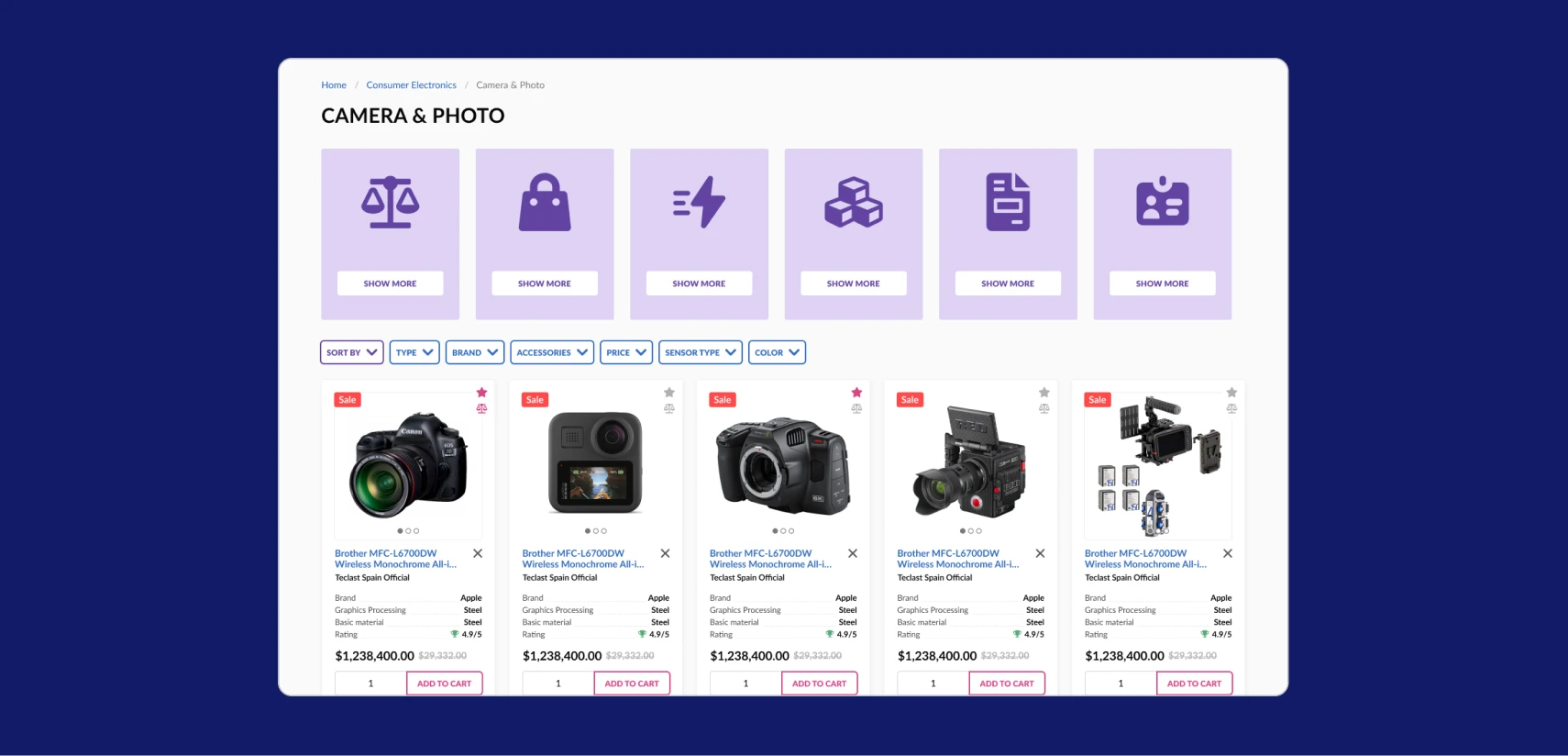Below are detailed descriptions and examples of various B2B marketplace models:
1. Service Marketplaces
Service marketplaces are platforms dedicated to offering and managing professional services, such as consulting, logistics, or IT support. They streamline the process of finding and hiring specialized services. Examples include Upwork and Fiverr, which connect businesses with freelancers and service providers.
2. Procurement Marketplaces
These platforms simplify procurement processes by enabling businesses to source goods and services efficiently. Ideal for industries focused on supply chain optimization, examples include SAP Ariba, which connects buyers and suppliers globally.
3. Circular Marketplaces
Focused on sustainability, circular marketplaces facilitate the reuse, recycling, and redistribution of resources, promoting a circular economy. Platforms like ThredUp and Trove exemplify this by enabling businesses to resell or repurpose goods.
4. Group Purchasing Marketplaces
Group purchasing marketplaces allow businesses to combine their purchasing power to negotiate better deals with suppliers. Examples include Omnia which helps companies leverage collective buying for cost savings.
5. Retail Marketplaces
Multi-vendor platforms serve both B2B and B2C customers, offering a diverse range of products. Examples include Amazon Business, which caters to bulk buying for businesses, and Walmart Marketplace, a hybrid B2C/B2B platform.
6. Vertical B2B Marketplaces
These marketplaces focus on a specific industry or niche, such as construction, pharmaceuticals, or automotive. An example is CheMondis, which specializes in the chemical industry.
7. Horizontal Marketplaces
Unlike vertical platforms, horizontal marketplaces offer products across various industries. Amazon and eBay serve as prime examples of horizontal marketplaces.
8. Technological Marketplaces
These platforms sell software and technical solutions. Examples include GitHub, a hub for code sharing, and Salesforce AppExchange, which offers SaaS tools and integrations.
9. Finance Services Marketplaces
Focused on financial products, these platforms offer loans, insurance, and other services. Examples include Stripe Capital and Fundera, which connect businesses with financial solutions.
10. Talent Marketplaces
These platforms connect businesses with employees rather than freelancers, functioning as a bridge between employers and job seekers. Examples include LinkedIn Talent Solutions and Hired.
Each of these models highlights the versatility of B2B marketplaces in addressing specific industry challenges and business needs.





























